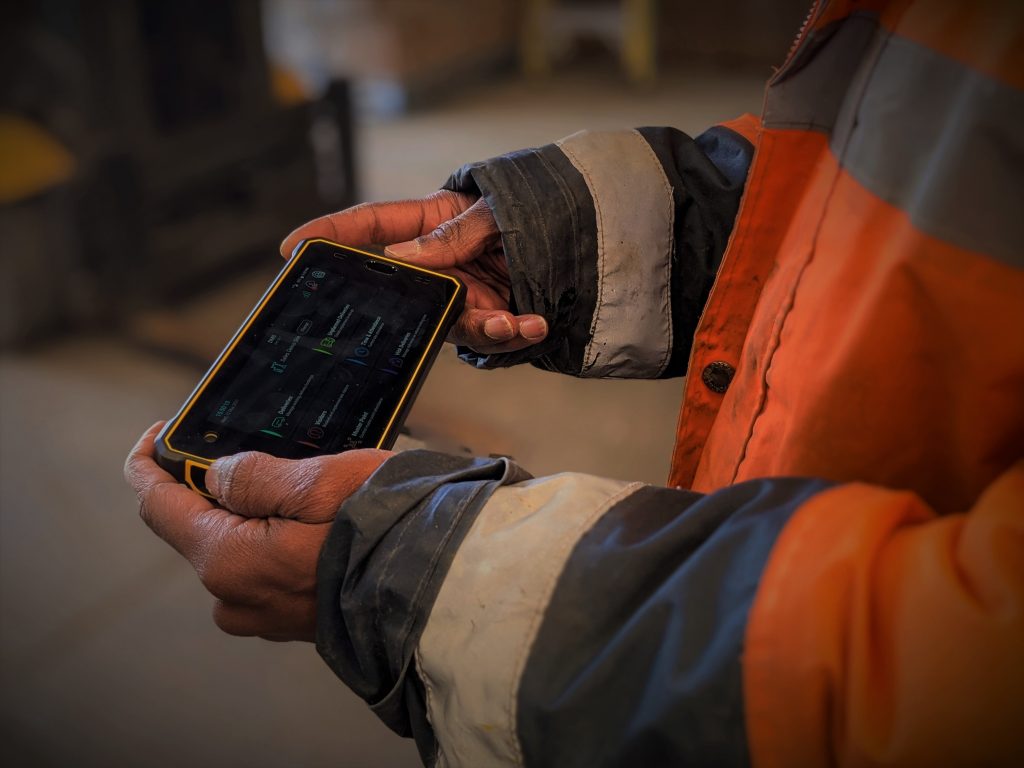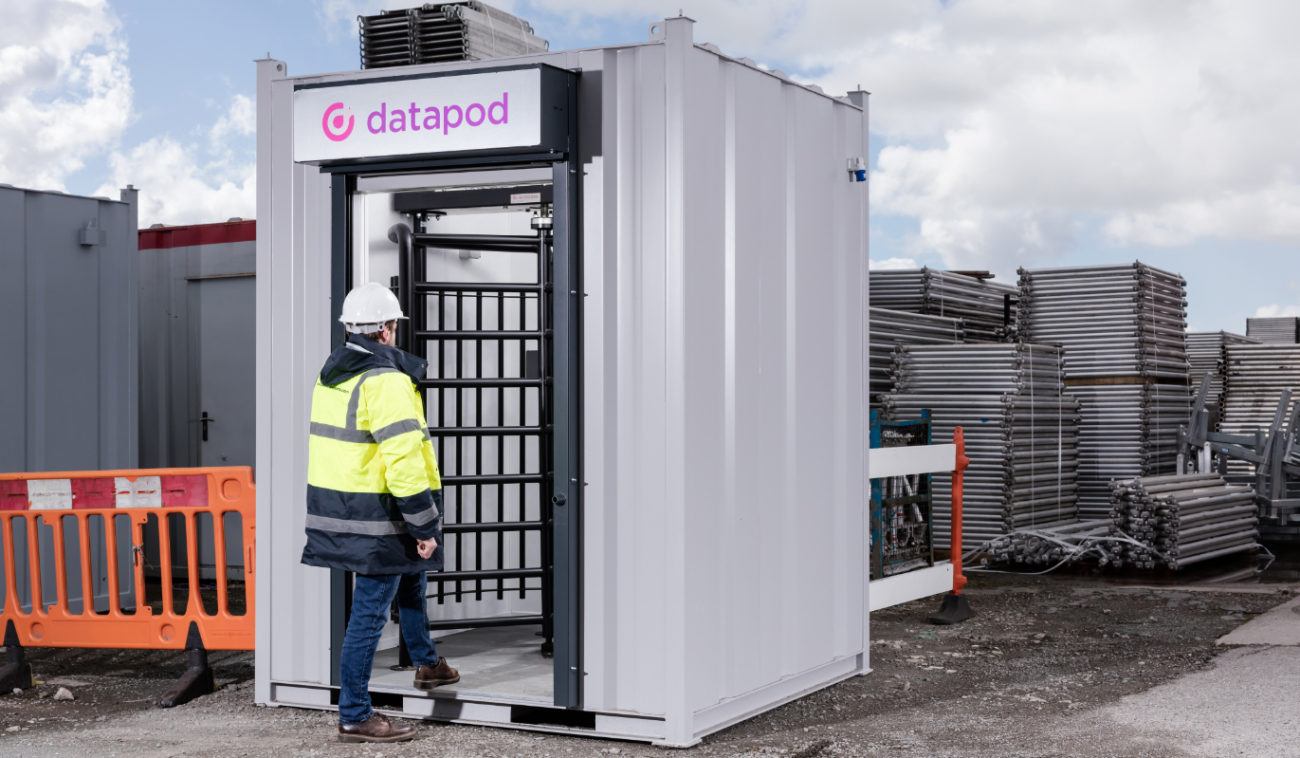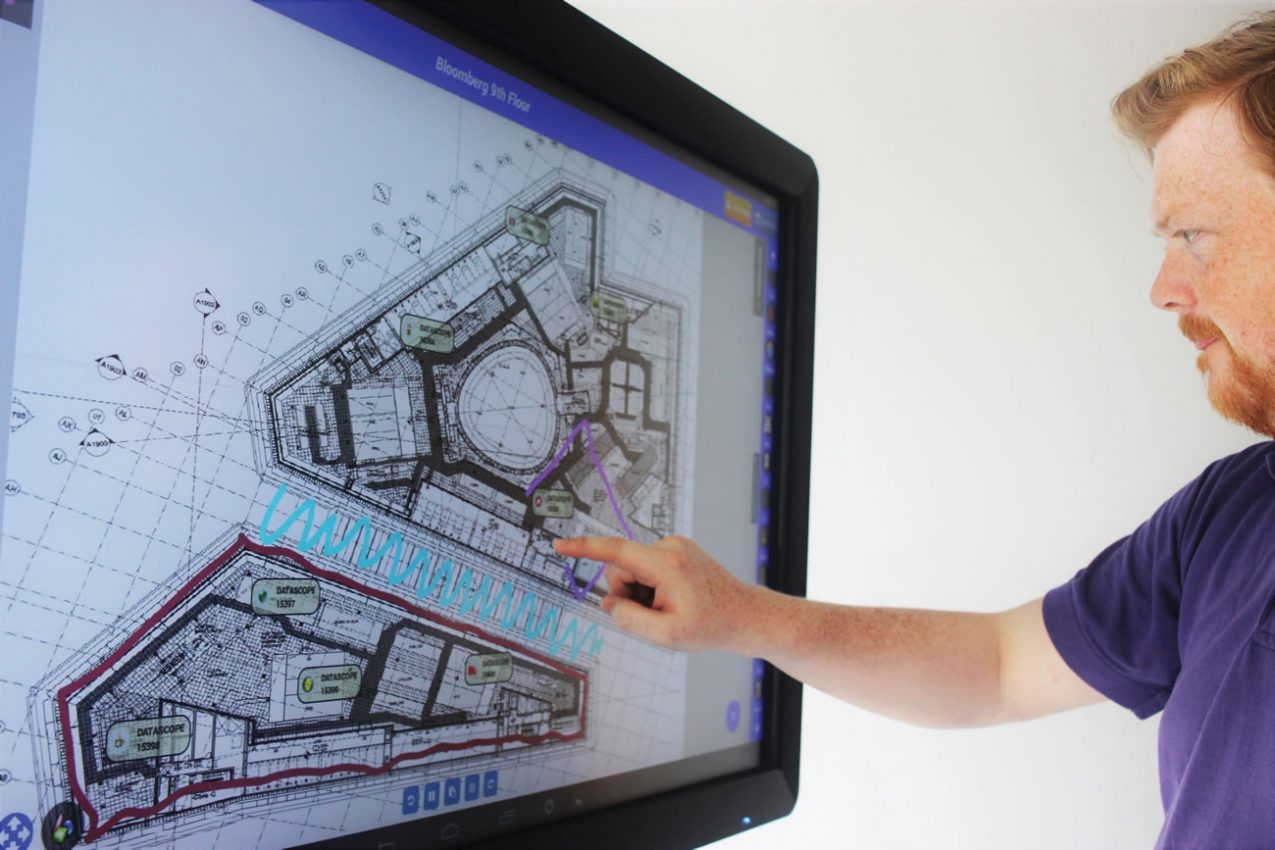Beyond Delivery Management: Why Construction Teams Should do More to Digitise Logistics Processes
While Delivery Management Systems are becoming increasingly the norm on construction sites, they are now only the beginning of the journey to a full digital logistics lifecycle. With ongoing pressure to ensure that projects are delivered on time and within budget whist having a minimal impact on the local environment and community — and the importance of logistics in helping to achieve this — it is clear that a move to a fully integrated digital logistics system is key to helping projects make this step change.
Many Delivery Management solutions focus on simply pushing the delivery to the gate and without considering key impact factors that will affect the delivery process efficiency such as site pinch points (i.e. hook time, laydown etc), live traffic information, and delays to the production schedule.
Read on to discover the fully-integrated digital tools that can be leveraged to address these challenges.

Tracking Deliveries from Supplier to Gate
Once a delivery has been made for a specified date and time, it is common for this to change for a variety of reasons leading to inefficient gate utilisation. wasted time and resources. Using delivery tracking software such as Haulier App can allow logistics teams to see live, up-to-date ETAs of inbound deliveries allowing gates to be managed more dynamically, traffic to site to be controlled by providing drivers with up-to-date site information such as problems with on-site resources such as cranes that will cause delays.
Ensuring drivers have the latest data on gate availability and potential delays is vital in reducing both road congestion and impact on the local community. With live information accurately relayed to drivers on how long the wait to access the site will be, the risk of delivery vehicles driving around trying to access the site will be reduced.
Software such as our DMS App should also be used once deliveries arrive on site, to check vehicles in and out and carry out CLOCS compliance checks eliminating the risk of losing paper documents as data is stored on the tablet. This not only gives the project team precise information on when materials were delivered to site, but also means that monitor and report on delivery performance, vehicle compliance, unload times and more.
Linking Delivery Management and Hook Time Management
With any major site delivery, it is vital that a complete and approved lifting plan is in place along with the appropriate resources to offload the materials are available. Leveraging software such as our Crane Management software can allow you align resource need at the point of booking a delivery to ensure there are no issues or clashes as well as ensuring the appropriate lifting plan has been completed and approved prior to a booking being accepted.

Using Collaborative Planning tools to drive JIT Methodology
Utilising a Last Planning and Collaborative Planning System to carry out detailed production planning helps to prevent uncertainly when it comes to delivery scheduling as project teams are able to spot any make-ready needs and potential roadblocks early. This allows resource to be released and placed where it is needed the most – ensuring that materials are delivered at the correct time.
With the ability to plan, manage and review advanced lookaheads of projects using DataScope’s Collaborative Planning tool, project teams can conduct forward schedule analysis of deliveries and materials travelling to site based on known activities for that work period and their requirements. Currently the DataScope Collaborative Planning solution is developed for 6/12-week lookaheads. However, there is no limit to how far forward items can be planned.
Putting the Data to Work
Using software across the logistics process will generate a lot of data when, put to correct use, can drive productivity, time-saving, and environmental benefits for both the project and the local area. Thinking carefully about the data you wish your logistics system to capture at the beginning of a construction project can pay huge dividends once the project goes live. Quality data, reported and visualised in the correct way can help logistics teams spot trends early, identify pinch points to minimise traffic and site disruption, review haulier performance and planned vs actual.
To learn more about how DataScope can help you, don’t hesitate to get in touch
 Access ControlDataScope offers a range of access control options to meet construction projects of different sizes and budgetary requirements. If you cannot find the solution you require on our website, please get in touch with a member of our team to discuss your requirements.
Access ControlDataScope offers a range of access control options to meet construction projects of different sizes and budgetary requirements. If you cannot find the solution you require on our website, please get in touch with a member of our team to discuss your requirements. Construction Workforce ManagementDataScope offers a wide range of dynamic operative management tools to help construction sites manage their workforce more effectively. Our software drives greater efficiency and productivity during operative onboarding, and pre-induction, through to competency and ongoing operative management.
Construction Workforce ManagementDataScope offers a wide range of dynamic operative management tools to help construction sites manage their workforce more effectively. Our software drives greater efficiency and productivity during operative onboarding, and pre-induction, through to competency and ongoing operative management. Construction LogisticsWe offer a range of powerful digital logistics tools that help construction sites, consolidation centres, retailers, airports and more manage their end-to-end logistics process. We currently supply end-to-end logstics systems for some of the UK’s largest airports, retail centres and public service facilities.
Construction LogisticsWe offer a range of powerful digital logistics tools that help construction sites, consolidation centres, retailers, airports and more manage their end-to-end logistics process. We currently supply end-to-end logstics systems for some of the UK’s largest airports, retail centres and public service facilities. Construction Health & Safety SoftwareDataScope uses powerful software to create and host a range of bespoke QHSE forms, workflows and processes all accessible from one app and one common data platform. We create forms and workflows to meet your exact requirements, supporting multi-stage approval processes, automated alerts and more.
Construction Health & Safety SoftwareDataScope uses powerful software to create and host a range of bespoke QHSE forms, workflows and processes all accessible from one app and one common data platform. We create forms and workflows to meet your exact requirements, supporting multi-stage approval processes, automated alerts and more. PlanningWe realise that project planning takes many different forms across the international construction sector. That’s why we’ve built a planning platform that is fully customisable by project, region or customer as required. Be it Daily Briefings, Last Planner or Collaborative Planning, our DataTouch system provides a portal whereby works supervisors and planning teams alike can truly impact schedules and programmes.
PlanningWe realise that project planning takes many different forms across the international construction sector. That’s why we’ve built a planning platform that is fully customisable by project, region or customer as required. Be it Daily Briefings, Last Planner or Collaborative Planning, our DataTouch system provides a portal whereby works supervisors and planning teams alike can truly impact schedules and programmes.

